Suspension Type Selection Advisor
What best describes your vehicle use?
What's your budget range?
Future upgrades?
Ever wondered why some cars hug the road while others feel like a bumpy ride on a gravel road? The secret lies in the suspension types under the chassis. Understanding the four main suspension families helps you feel confident when buying a used car, tweaking your daily driver, or simply impressing friends at a BBQ. Below we break down each type, why manufacturers pick them, and what you should look out for when it comes time for a tune‑up.
What is automotive suspension?
Automotive suspension is a system of springs, dampers, linkages and other components that connects a vehicle’s wheels to its frame. Its job is simple: keep the tires in contact with the road while absorbing bumps and controlling body movement. Without a good suspension, even a powerful engine can’t translate into a comfortable or safe ride.
1. Independent suspension
Independent suspension lets each wheel move up and down without directly affecting the opposite wheel. This freedom translates into better handling, especially on twisty roads.
Two popular independent designs dominate passenger cars:
- MacPherson strut - a compact, cost‑effective combo of a shock absorber and coil spring. You’ll find it on most front‑wheel‑drive sedans because it packs a lot of function into a small package.
- Double wishbone - uses two arms (upper and lower) to control camber changes more precisely. Sports cars and performance‑oriented SUVs often opt for this layout to keep the tire flat on the road during aggressive cornering.
Pros: excellent ride comfort, superior grip, and easier tuning of camber and caster. Cons: more components mean higher cost and slightly more maintenance for bushings and ball joints.
2. Dependent suspension
Dependent suspension links the wheels on an axle together, so a movement on one side influences the other. It’s a rugged, proven solution for heavy‑duty vehicles.
Key sub‑types include:
- Solid axle - a single, solid beam that carries both wheels. Pickup trucks and many older off‑roaders rely on it for its durability and load‑bearing capacity.
- Leaf spring - layered steel strips that provide both springing and axle location. It’s the classic choice for trucks, vans and many SUVs built for towing.
Pros: strong load capacity, simple design, lower cost. Cons: less precise wheel control, can transmit road harshness more directly to the cabin.
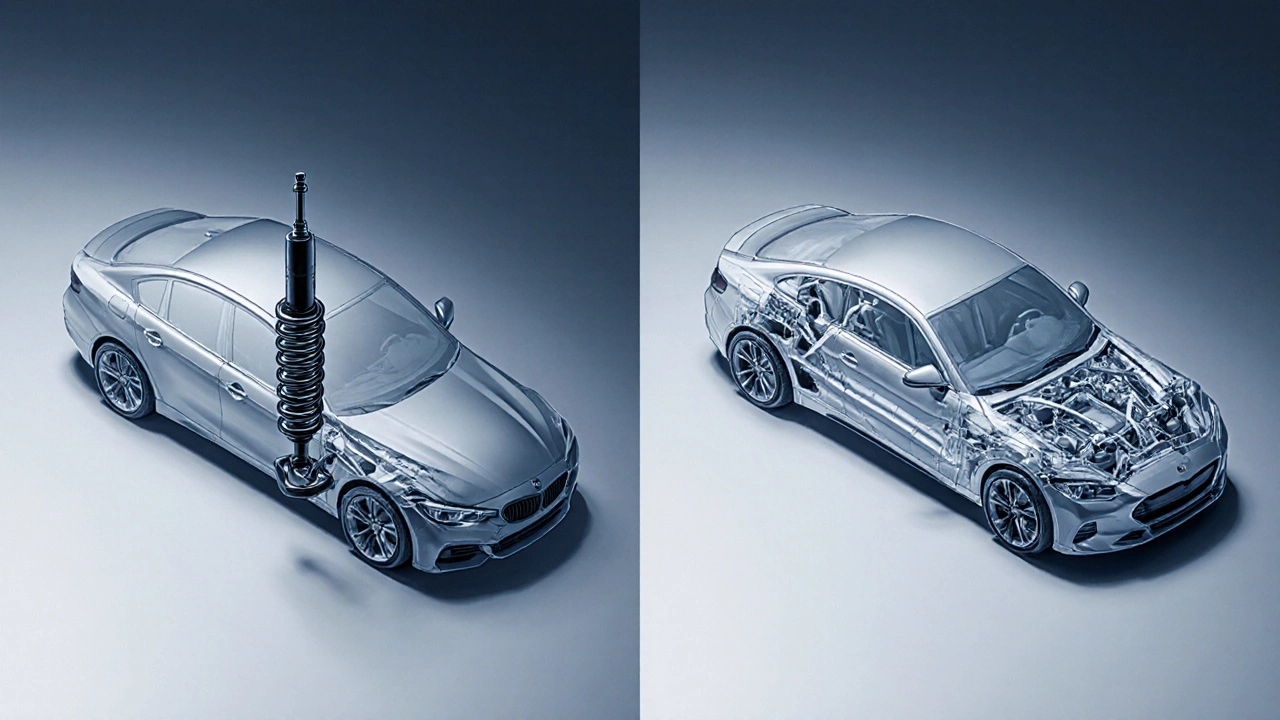
3. Semi‑independent suspension
Semi‑independent suspension sits between the two extremes. Wheels share some mechanical linkages but retain a degree of independent motion.
The most common example is the torsion beam used on many front‑wheel‑drive hatchbacks. A sideways‑twisting beam holds the wheels apart, allowing each side to respond to bumps while keeping the overall geometry simple.
Pros: cheap to produce, space‑efficient, good enough for everyday commuting. Cons: not as refined as fully independent setups, especially under aggressive cornering.
4. Air suspension
Air suspension replaces traditional coil or leaf springs with inflatable rubber bladders. Sensors adjust air pressure continuously, giving a “ride‑height‑on‑demand” experience.
Luxury sedans, high‑end SUVs and some performance cars use air systems to offer both a plush ride and the ability to lower the car for better handling.
Pros: adjustable ride height, excellent comfort, can adapt to load changes. Cons: higher complexity, expensive repairs, potential for air leaks over time.
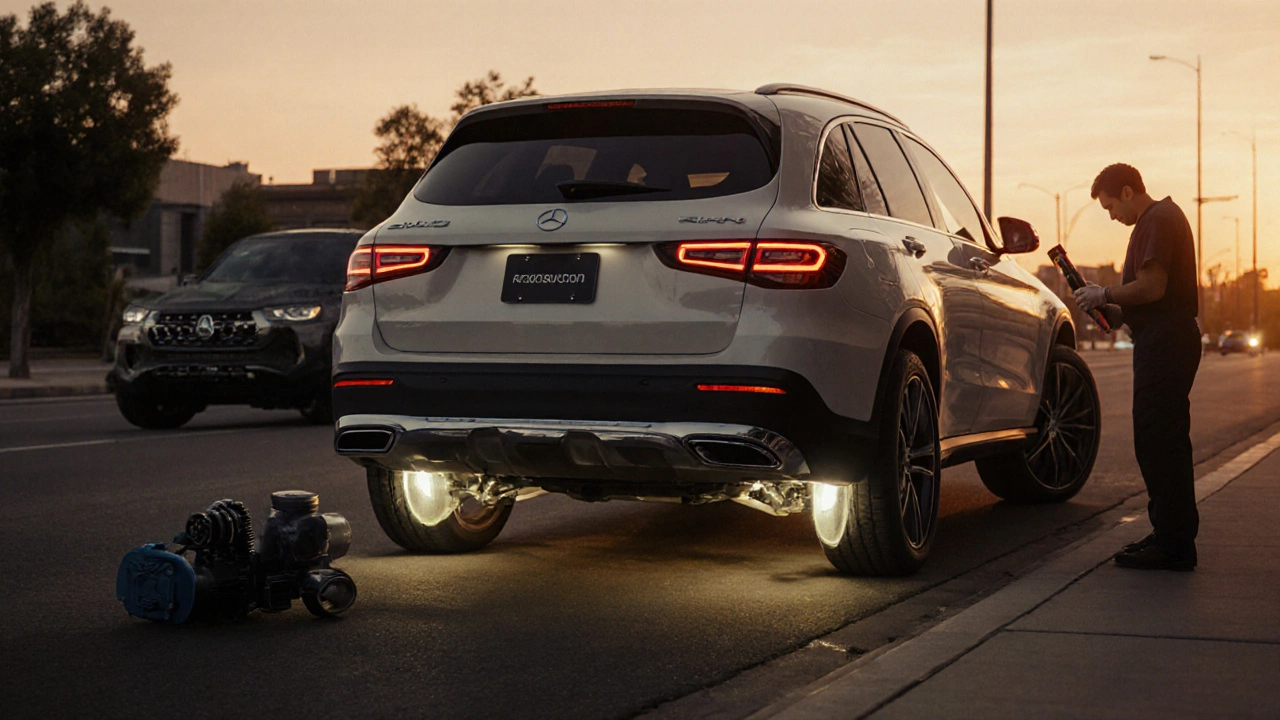
Quick comparison of the four suspension families
| Attribute | Independent | Dependent | Semi‑independent | Air |
|---|---|---|---|---|
| Wheel independence | Yes | No | Partial | Yes (adjustable) |
| Typical vehicles | Sports cars, modern sedans | Trucks, heavy‑duty SUVs | Compact hatchbacks, economy cars | Luxury sedans, high‑end SUVs |
| Cost | Medium‑high | Low‑medium | Low | High |
| Ride comfort | Excellent | Good under load, harsher otherwise | Adequate for city driving | Best‑in‑class |
| Maintenance complexity | Medium (bushings, ball joints) | Low (simple bolts, springs) | Low‑medium | High (compressors, air lines) |
How to pick the right suspension for your ride
Think about three things before you decide:
- Intended use - Daily commuting, off‑roading, track days, or luxury cruising each favor a different design. If you haul a trailer, a dependent leaf‑spring setup might be best. If you love spirited drives, look for an independent or air‑adjustable system.
- Budget - Independent designs cost more to buy and service, while solid axles and torsion beams keep your wallet happy.
- Future upgrades - Want to drop a set of coil‑overs later? Starting with a robust independent platform (MacPherson or double wishbone) makes that switch easier.
Remember, the suspension is a partnership with other chassis parts. A well‑tuned anti‑roll bar can tame body roll on an independent system, while a quality shock absorber keeps the ride smooth on any setup.
Maintenance basics you can do yourself
Even the toughest suspension can suffer from wear. Here are five quick checks you can perform on a rainy Saturday:
- Inspect spring rates for cracks or sagging. A broken coil will cause uneven tire wear.
- Look at bushings for rubber cracking. Replacing worn bushings restores proper geometry.
- Check for leaking oil around shock absorbers. Leaks mean reduced damping.
- Listen for clunking noises when you go over bumps - it could be a loose ball joint or a failing control arm.
- For air‑suspension owners, watch the compressor run time. Excessive cycling may indicate a leak in the air lines or a faulty height sensor.
If any of these checks raise a red flag, it’s time to swing by a trusted mechanic. Ignoring suspension wear not only hurts comfort - it can jeopardize safety.
What is the main difference between independent and dependent suspension?
Independent suspension lets each wheel move on its own, offering better handling and comfort. Dependent suspension ties the wheels together, which boosts load capacity and durability but can transmit more road harshness to the cabin.
Are torsion‑beam suspensions truly semi‑independent?
Yes. A torsion beam allows each wheel some vertical movement, but the beam also links the two sides, so they aren’t completely independent.
Can I convert a leaf‑spring truck to an independent suspension?
In theory you can, but it requires a full rear‑subframe redesign, new control arms, and often a different axle. Most owners opt to upgrade shock absorbers and bushings instead.
How often should air‑suspension bags be inspected?
At least once a year, or every 12,000 km, whichever comes first. Look for cracks, soft spots, or moisture inside the bag.
Which suspension type gives the best fuel economy?
Dependent setups with leaf springs are usually lighter and have fewer moving parts, translating to a modest fuel‑efficiency edge, especially on trucks carrying heavy loads.
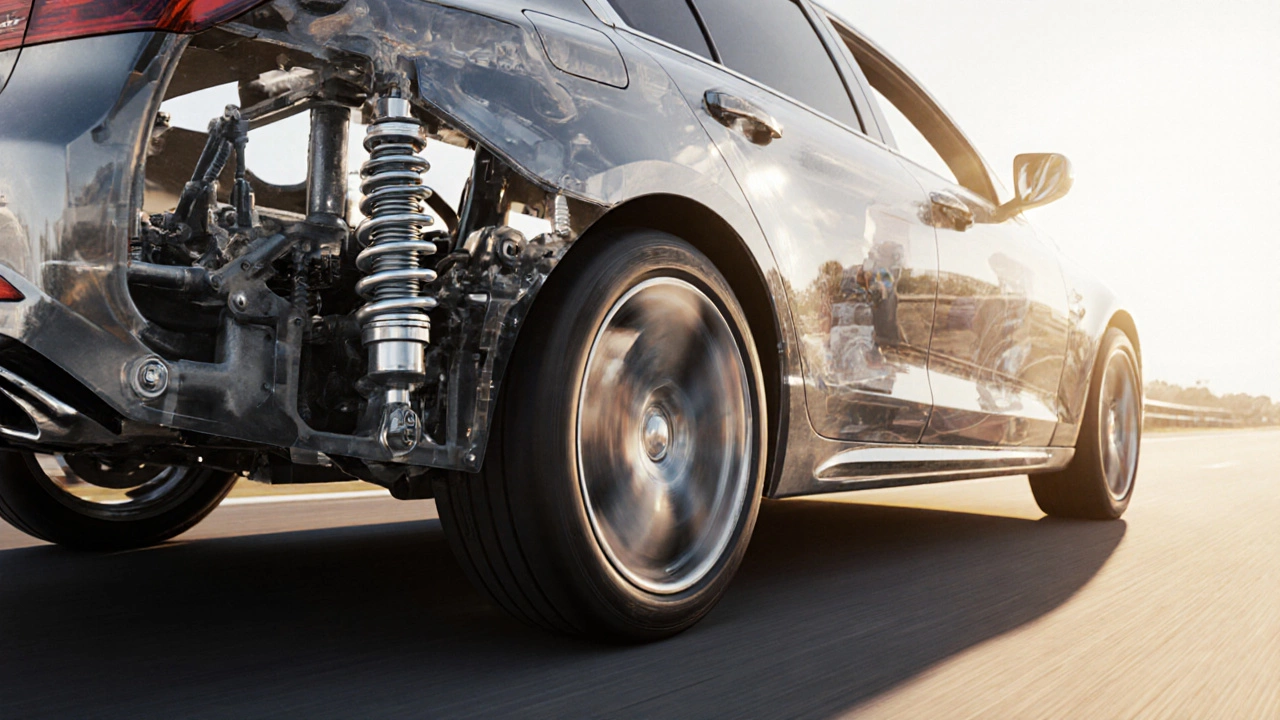
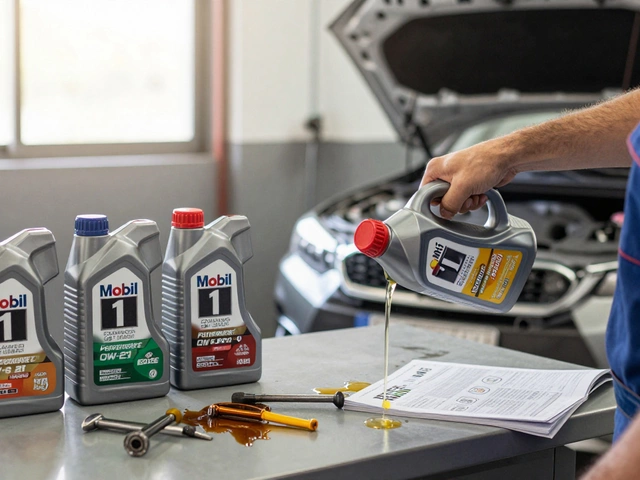

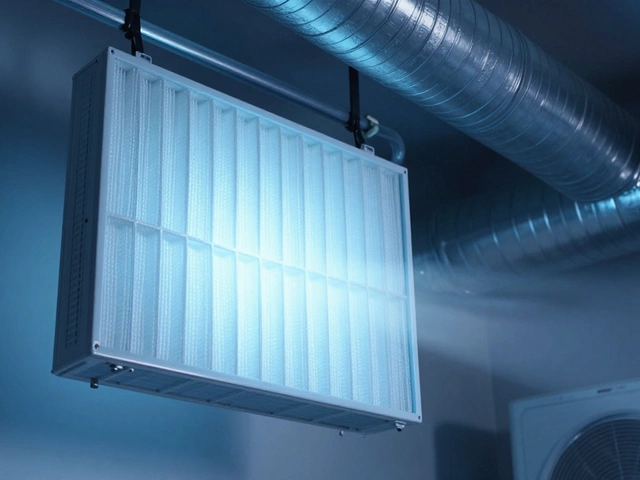
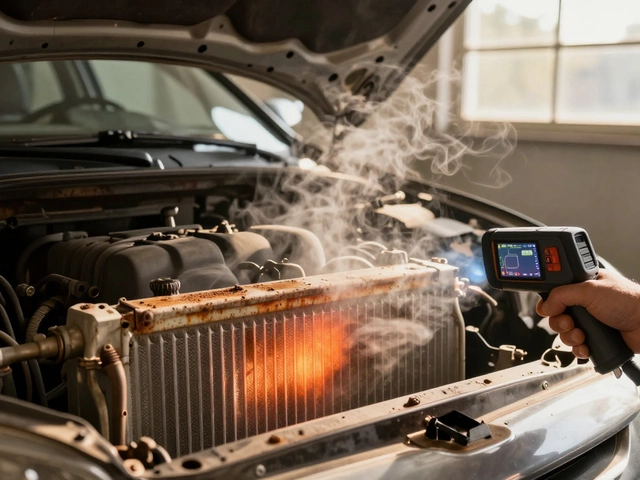
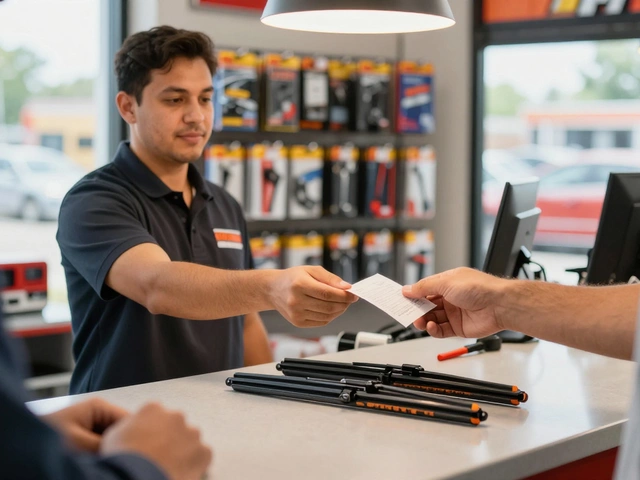


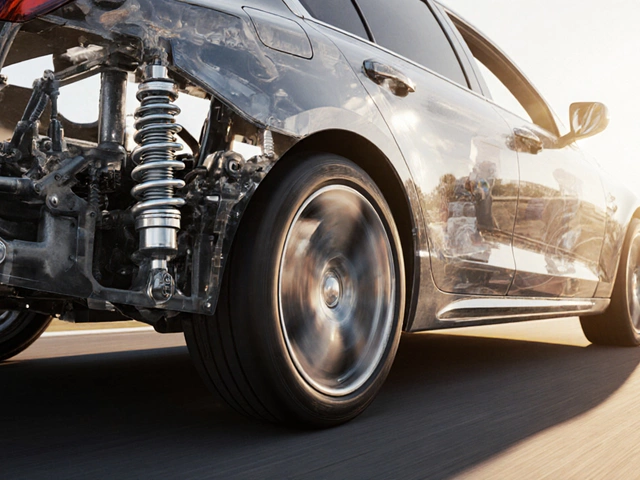
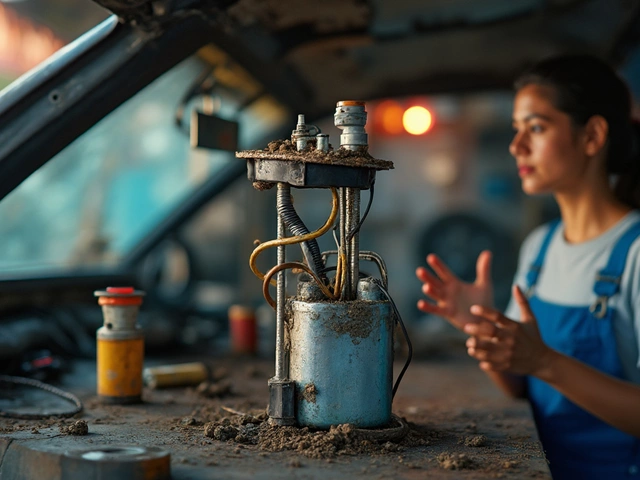

Write a comment